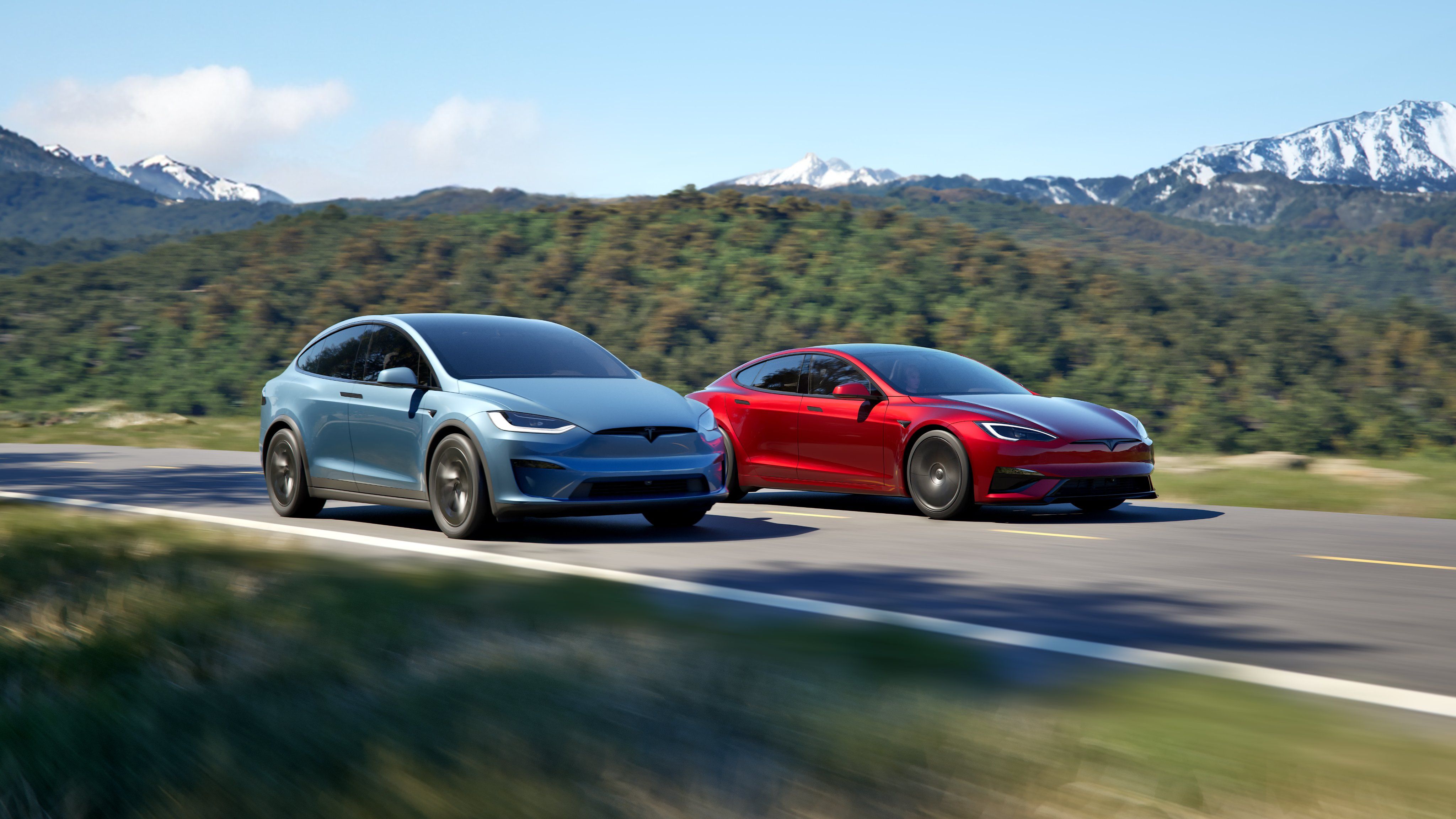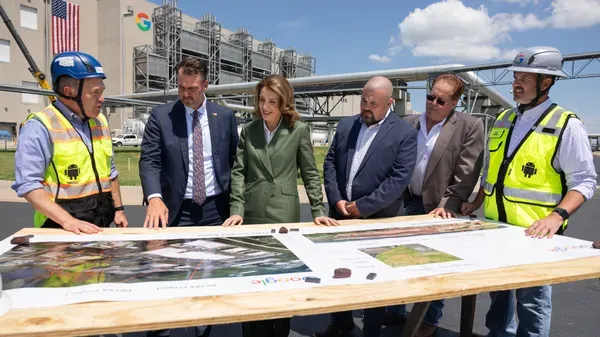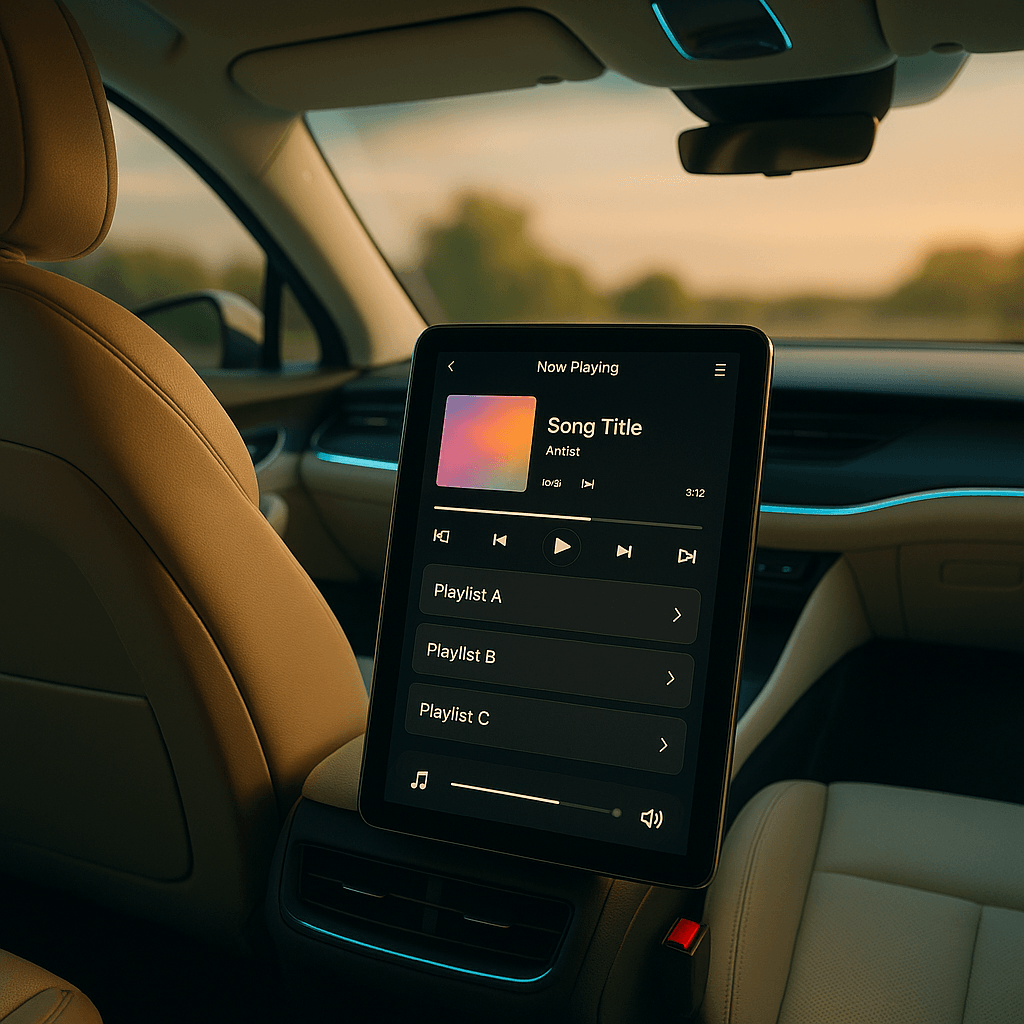TL;DR:
• Tesla hacker discovers Unreal Engine code in 2025.20 firmware for Model S/X with AMD chips
• Switch from current Godot engine would upgrade FSD visualization quality significantly
• Tesla joins Rivian, Ford, GMC, Volvo, and Lotus using Epic's automotive platform
• Move signals Tesla's push for premium in-car experience as FSD competition intensifies
Tesla is quietly overhauling its Autopilot and Full Self-Driving visualizations with a switch to Epic Games' Unreal Engine, according to firmware evidence discovered in the company's latest 2025.20 update. The move would replace Tesla's current Godot engine and align the EV leader with a growing roster of automakers betting on gaming-grade graphics for autonomous driving interfaces.
The discovery comes from Tesla security researcher greentheonly, who found evidence buried in Tesla's latest 2025.20 firmware specifically targeting Model S and Model X vehicles equipped with AMD processing chips. According to Not a Tesla App's reporting, the switch represents a significant upgrade to how drivers see their car's AI interpret the world around them.
Currently, Tesla relies on the open-source Godot engine to render the real-time visualizations that show detected vehicles, pedestrians, traffic cones, and road markings on the car's central display during Autopilot and Full Self-Driving operation. While functional, these graphics have long been criticized as basic compared to the sophisticated interfaces promised by competitors like Mercedes-Benz and BMW.
Epic Games' Unreal Engine brings Hollywood-level rendering capabilities that have powered blockbuster games like Fortnite and major films. The engine's automotive division has been aggressively courting car manufacturers, positioning Unreal Engine as the premium solution for next-generation vehicle interfaces. The technology promises photorealistic graphics, advanced lighting effects, and smooth real-time rendering that could transform how drivers interact with autonomous driving systems.












